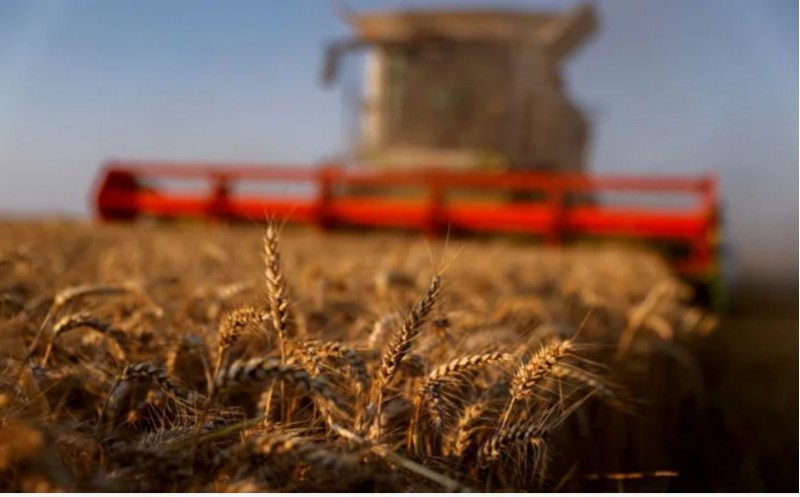
The world price index for the UN food agency decreased for the fifth consecutive month in August, dipping even lower from all-time highs reached earlier this year as improved supply expectations were aided by the restart of grain exports from Ukrainian ports.
The Food and Agriculture Organization (FAO) reported on Friday that its price index, which measures the average price of the most widely traded food items globally, was 138.0 points in August compared to a revised 140.7 in July. The prior estimate for July was 140.9.
After Russia invaded Ukraine in March, the index reached a record high of 159.7, which it has since declined from. However, the August reading was 7.9% higher than it was a year earlier. The reopening of Ukrainian Black Sea ports as part of a diplomatic agreement, as well as promising wheat harvest forecasts in North America and Russia, the agency said, all contributed to a 1.4% month-over-month decline in FAO's grain price index in August.
Although the hot, dry weather decreased the prospect for production in Europe and the US, it was reported that the maize price index increased 1.5% last month. Vegetable oil, sugar, dairy, and meat price indices all decreased, in part due to better supply.
FAO reduced its forecast for global grain production in 2022 from a previous figure of 2.792 billion tonnes in early July to 2.774 billion tonnes in separate estimates of cereal supply and demand. That falls 1.4% short of the projected output for 2021.
The cut to its prediction for 2022 cereal production was because of the weather-reduced corn prospects in the northern hemisphere, with European Union yields noticeably seen falling 16% below their five-year average, were to blame for the reduction in FAO's projection for 2022 grain production, the organisation said. In 2022–2023, it's anticipated that worldwide grain consumption would exceed production by 2.792 million tonnes, causing a predicted 2.1% decline in global inventories from 2021/22 to 845 million tonnes.
The stocks-to-use ratio would then be 29.5%, down from 30.9% in 2021–2022, but still historically high, FAO said.
Pakistan rupee surges after IMF revives bailout programme
Lebanon Prez hails UN peacekeeping mandate's extension
Pakistan Flood situation to battle health threats: WHO